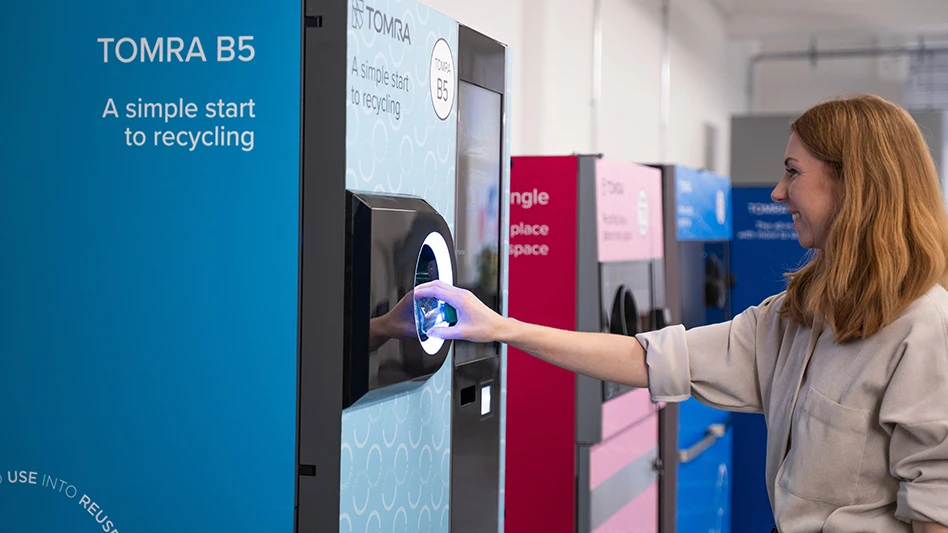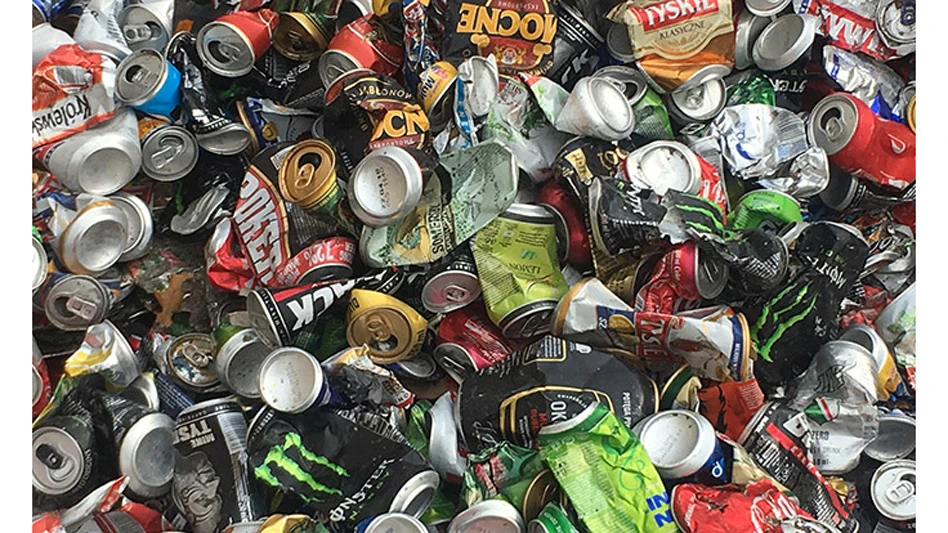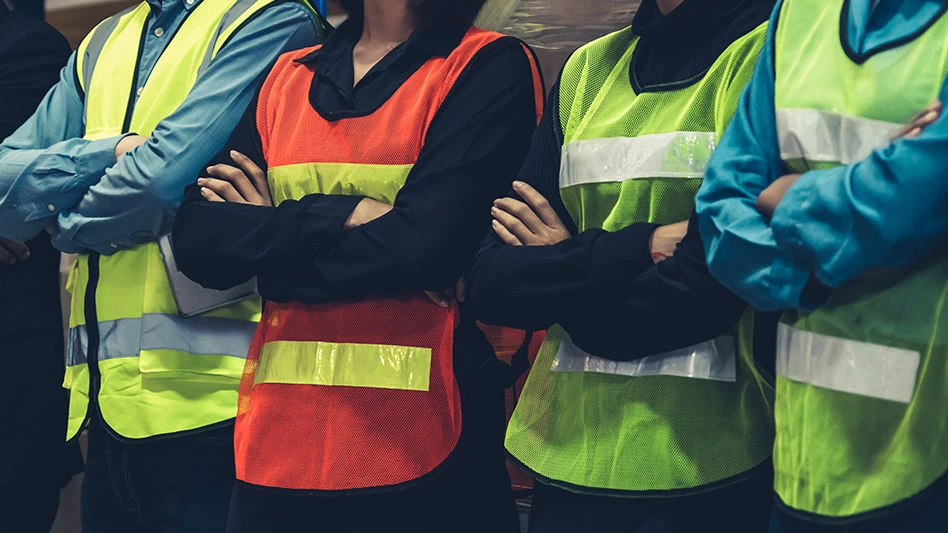
India’s Sri Andal Paper Mills has announced plans to start a 200,000-metric-ton-per-year containerboard line at its Erode, Tamil Nadu, mill this October.
Sri Andal Paper Mills was established in 1996. According to a report in Fastmarkets RISI, it will produce recycled linerboard, fluting and kraft-top recycled liner.
In March of last year, Finland’s Valmet Oyj announced that it would supply technologies to Sri Andal Paper Mills for the new containerboard line. According to Valmet’s press release last March, Sri Andal aimed to produce high-quality containerboard with “tangible efficiency improvements” to enhance its competitiveness.
The unit was supposed to start in the first half of 2021, but the company told Fastmarkets RISI it had experienced some machinery delivery delays.
India’s consumption growth
Overall, India is becoming a larger importer of recovered paper from the U.S. According to Bill Moore, president of Atlanta-based Moore & Associates, India imported 317,000 tons of recovered paper from the U.S. for the first two months of this year. He says that figure makes the nation the largest importer of U.S. recovered paper so far this year.
“The next closest [importer] was Mexico at 146,000 tons to put it in perspective,” he says.
Most of India’s recovered paper imports have been old corrugated containers (OCC), mixed paper and pulp substitutes. Moore notes that India is by far the largest importer of mixed paper, purchasing about two-thirds of U.S. exports of the grade. The country’s importers also purchased about two-thirds of U.S. exports of pulp substitutes. He adds that the second-largest buyer of mixed paper for the first two months of 2021 was Canada at 20,000 tons in comparison.
“[India buys] a lot of mixed because of the low cost,” he says. “And with pulp substitutes, they buy a lot because they have mills that don’t have real good stock preparation systems or deinking systems.”
However, since the onset of the pandemic, India has not increased its imports of recovered paper much this year in comparison with 2020 or 2019. “Their buying right now is in line with where it was last year and even the year before because their economy and the mills have been so disrupted,” he says. “[India] had a lot of COVID disruptions, with mills shutting down because of it. India has been pretty hard hit. There have been a number of mills in India that went down for COVID reasons, but you don’t see that happening in other places like the U.S.”
Moore cites that India recorded “the highest ever one-day infection increase of above 332,000” April 22. He adds that there are reports from Delhi confirming a shortage of oxygen with some hospitals running out entirely. National lockdowns and quarantines should help suppress the virus, but the central government has also been sending conflicting messages hoping that vaccination would suppress transmission and for the economy to remain open before a second wave arrives.
Although COVID-19 has disrupted recovered paper consumption growth in India this year, Moore says he anticipates India will ramp up its imports of recovered paper—as the nation’s economy improves, mills will run stronger. “As we move to the far side of the pandemic and as things improve, their buying will shoot up even further.”
Latest from Recycling Today
- ReMA urges open intra-North American scrap trade
- Axium awarded by regional organization
- China to introduce steel export quotas
- Thyssenkrupp idles capacity in Europe
- Phoenix Technologies closes Ohio rPET facility
- EPA selects 2 governments in Pennsylvania to receive recycling, waste grants
- NWRA Florida Chapter announces 2025 Legislative Champion Awards
- Goldman Sachs Research: Copper prices to decline in 2026





